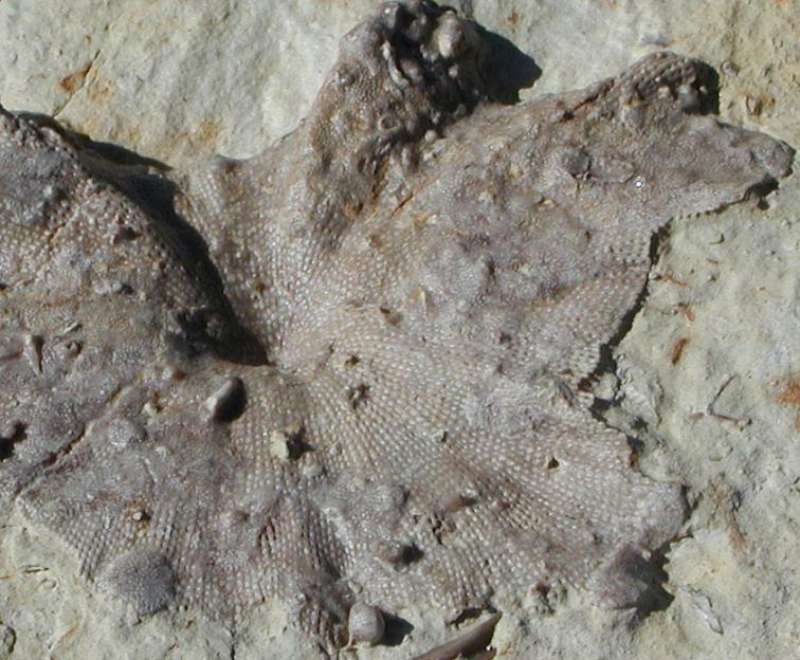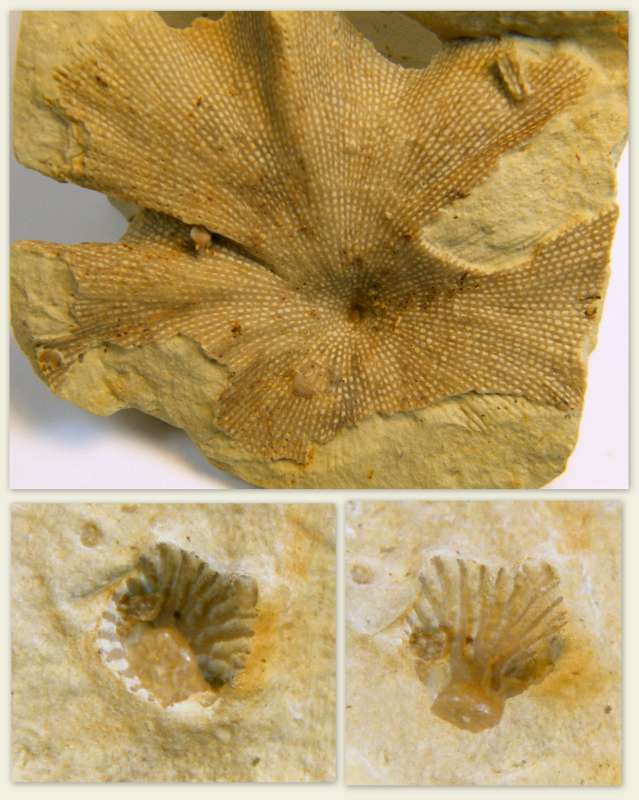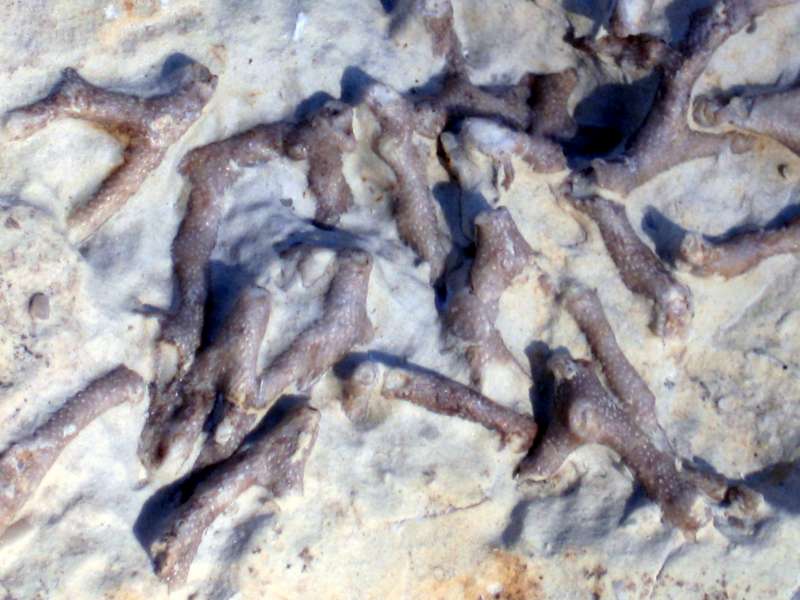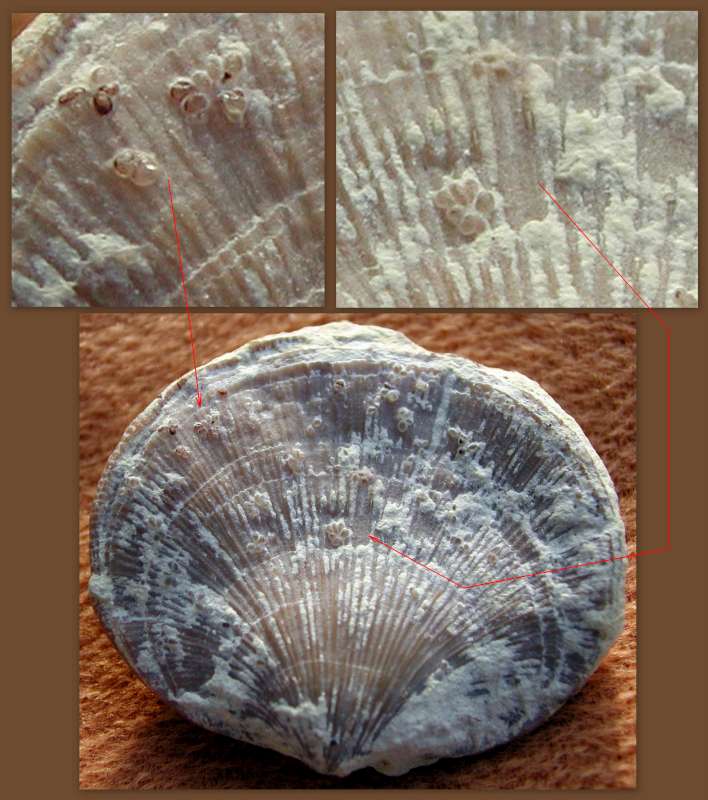| Bryozoans
Bryozoans, are a fascinating
and beautiful phylum of
aquatic colonial invertebrate animals. The tiny individuals of the colony
filter food particles from water using a retractable organ called a lophophore,
which is a "crown" of tentacles lined with cilia
that encircles the mouth. In this respect they are superficially similar to
coral polyps. Their habitats range widely, from marine to fresh water, from
tropical to arctic latitudes. Over 4,000 living species are known. One genus is
solitary and the rest are colonial. Colonies take a variety of shapes and
forms, including fans, bushes and encrusting sheets.
Different individuals (or
zooids) in a bryozoan colony have varied, specific functions in support of the
colony. Some are responsible for feeding
and waste removal. In some classes, the colony has specialists whose functions
range from incubation of fertilized eggs to defense or locomotion of the
colony. Zooids of all the freshwater
species are simultaneous hermaphrodites, while individuals of
many marine species function first as males and then as females, but their
colonies always contain a combination of zooids that are in male and female
stages. All species emit sperm into the water. Some also release eggs into
the water, while others capture sperm via their tentacles to fertilize their eggs
internally.
The earliest fossil remains of bryozoans occur in Early Ordovician
rocks. Interestingly, this was a late development because all other fossilized
phyla appeared in earlier periods. Early fossils are mainly of erect forms, but
encrusting forms gradually became dominant.
Bryozoans are considered to
be part of the super phylum Lophotrochozoa which includes the trochozoans and
the lophophorata. The
latter is united by the presence of the lophophore and encompasses
the Bryozoa, Entoprocta, Phoronida and Brachiopoda.
| Fenestrellina species. This is a common fossil bryozoan at Black Cat Mountain, but seldom laid out on so nicely for viewing the internal surface of the cone of the colony. (Photograph by G.P. Hansen) | Here is another specimen of Fenestrellina species found an prepared by Bill Rushlau. In this case, he was able to expose the stalk of the colony on the back side of the specimen, and I show it here from two angles following the main photo of the specimen in the collage below. (Photographs by G.P. Hansen)
 | Below is a cluster of broken bryozoan branches, likely belonging to the same colony. Scattered pieces of this species are more common than these associated specimens. More on this later as I look into its literature.

| Encrusting bryozoans are seldom obvious because they are so small, often appearing to be only a thin veil covering on the surfaces of other fossils. Specimens of these are generally evident to the experienced collector with a hand lens or microscope when the colony is relatively mature. The collage of photographs below shows a brachiopod spotted by a number of colonies having only up to 5 to 7 zooecia. Byrozoans are filter feeding animals that benefit from good current flow. As such these would have profited from the water current generated by the lophophore of this brachiopod. The clusters shown may be fossils of incipient or immature colonies that would have continued to expand and cover the shell surface of this brachiopod, or these may represent fully matured, but very small colonies. More research on these may uncover the answer to this ambiguity. (Photographs by Bill Rushlau, who found this unusual specimen)

|
|
